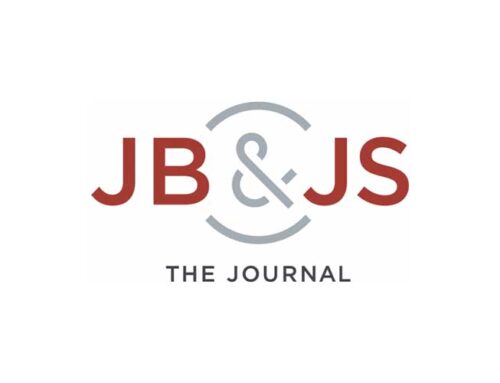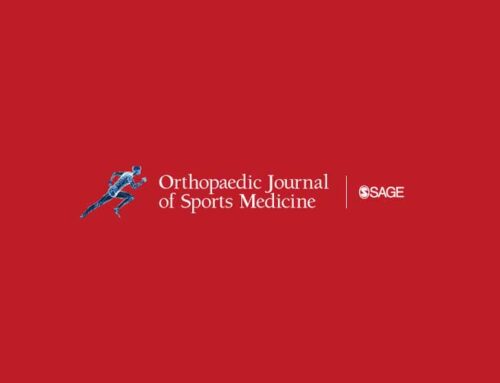PURPOSE:
The goal of this study was to: (1) investigate the association between labral hypertrophy and radiographic and computed tomography (CT) imaging measurements of dysplasia in a femoroacetabular impingement (FAI) cohort; (2) evaluate the association between physical examination parameters suggestive of microinstability and labral hypertrophy.
METHODS:
A retrospective case-control study was performed. Labral hypertrophy was defined as intraoperative labral width measuring greater >4 mm. A control cohort (NL) was matched to the cases. Physical examination parameters and preoperative radiographic and CT imaging studies were reviewed.
RESULTS:
231 hip arthroscopies for FAI were reviewed from which 42 cases of labral hypertrophy were identified (LH). In the LH group there was significantly increased hip internal rotation at 90° hip flexion compared to normal controls (13.6° ± 1 0.7° LH vs. 9.3° ± 6.2° NL; p = 0.04). On plain radiographs, the mean lateral centre-edge angle was smaller in the LH group compared to the NL group (27.6° ± 6.00° LH vs. 31.6° ± 6.59° NL; p < 0.001) and the acetabular index was larger in the LH group compared to the NL group (6.61 ± 4.18 LH vs. 4.14 ± 6.13 NL; p = 0.04). On CT imaging coronal sagittal CEA was significantly lower in LH cases compared to NL control (31.8° ± 5.30° LH vs. 35.1° ± 7.67° NL; p = 0.01).
CONCLUSIONS:
We found that patients with labral hypertrophy have radiographic and CT measurements consistent with subtle but not absolute dysplasia and physical examination findings suggestive of microinstability. We propose that labral hypertrophy can be a useful clinical tool for identifying FAI patients on the dysplasia spectrum.









